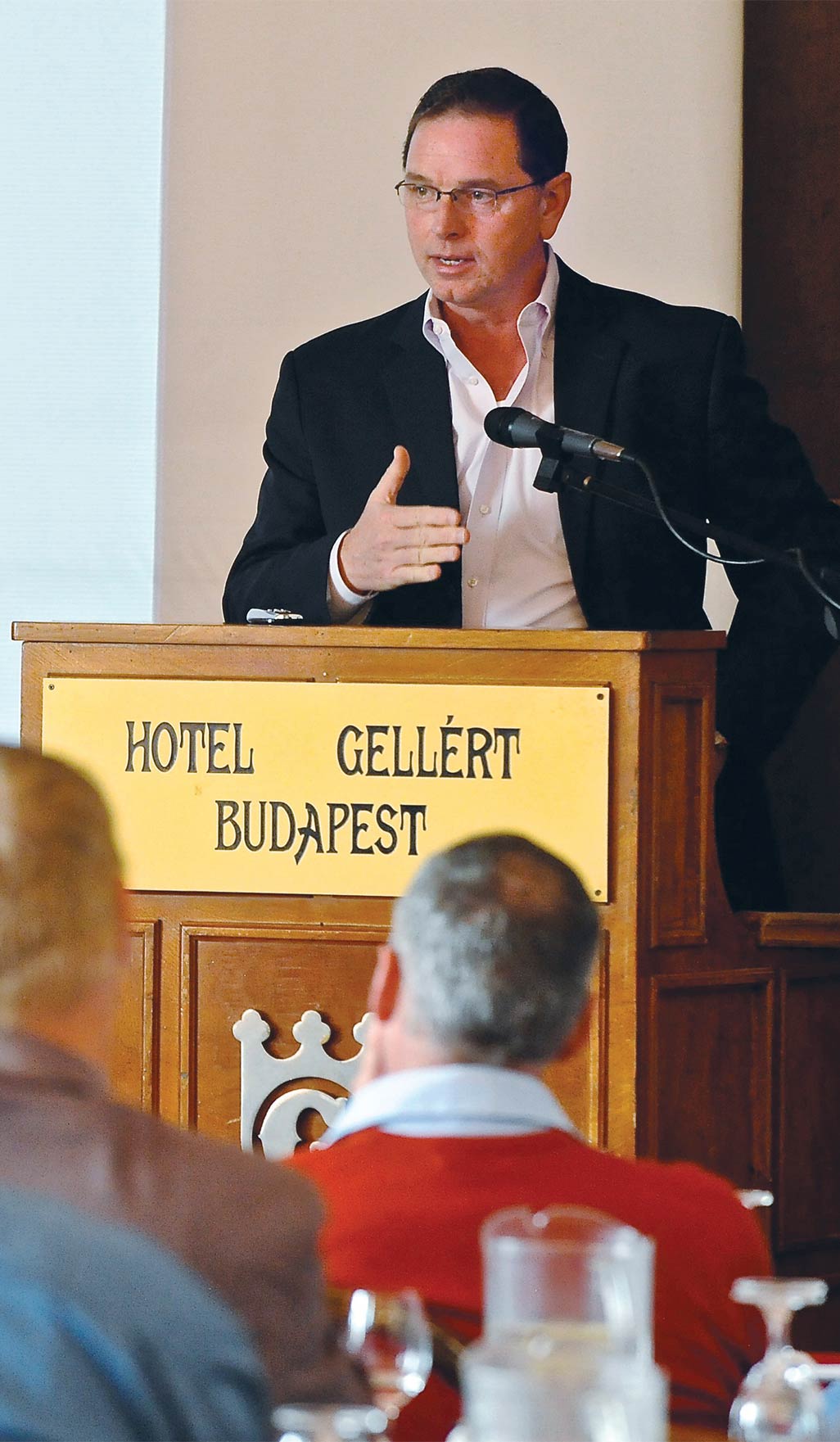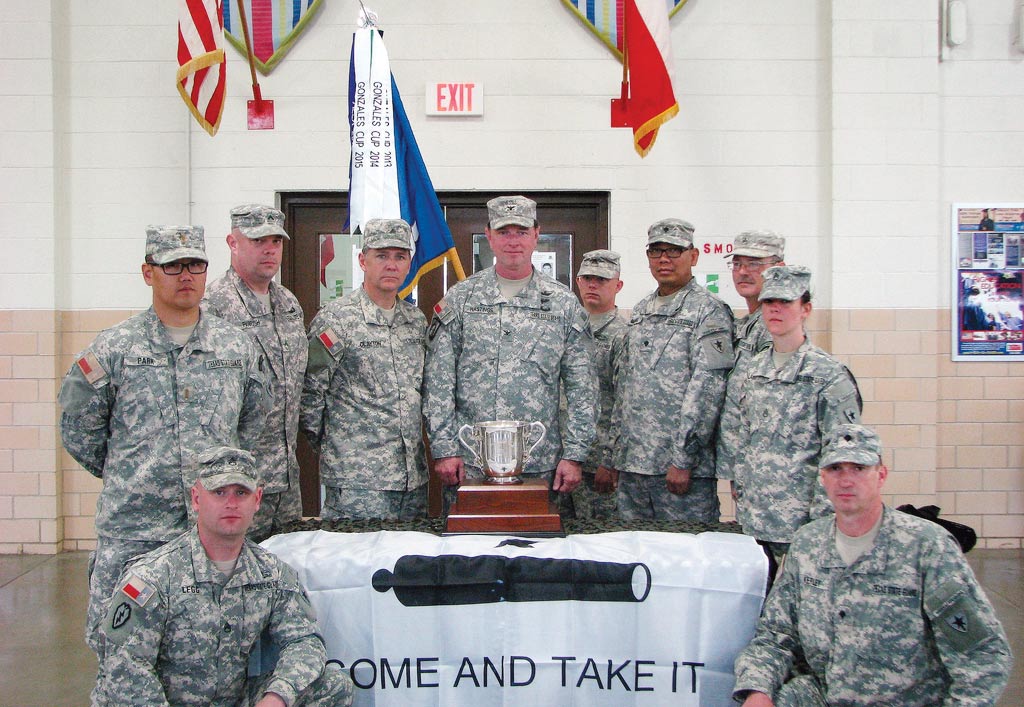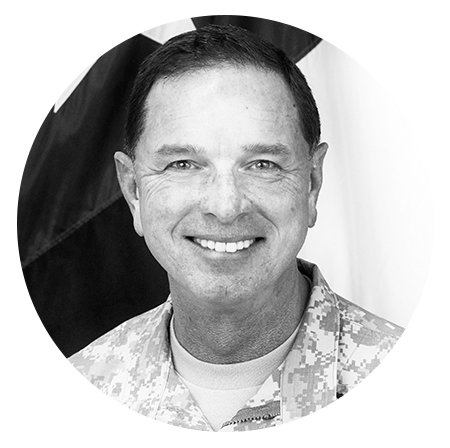s an officer in the U.S. military for more than 30 years, and a corporate executive for more than 20 years, I’ve come to find there is a universal nature to the principles and practices that apply to achieving success as a leader. They are the same whether you’re on the battlefield or in the boardroom, because leadership is ultimately about people, and what motivates and inspires people to perform is the same whether they are in uniform or not.
The truth is, anyone can lead like a warrior, regardless of whether they’ve ever stepped foot on a battlefield, and I’ve found that the way to do this is through a leadership philosophy I’ve developed and embraced called People First – Mission Always, which focuses equally on the people you are leading and the mission of the organization. As a leader, the most important resource you have is your people. They are more important than the money, facilities and all the other tools the organization gives you – because well-led, well-trained, performance-oriented people will get the job done every time. Likewise, I emphasize Mission Always because every organization exists to accomplish a mission. If your organization doesn’t accomplish its mission, then nothing else matters.
Many will say, as a leader, you can’t be a “people guy” and a “mission guy.” I disagree. I think both pillars are key to leadership success and ultimately leading like a warrior. You can’t have one without the other.
The success of People First – Mission Always, hinges on three key components. Here’s a closer look:
As a member of a multi-generation military family going back to the American Revolution, I thought I was ready for my first day of basic training. I was so wrong. But among all my most vivid experiences in life are four powerful words I saw painted on a wall when I got off the bus that day: courage, candor, commitment and competence – all of which are the critical ingredients, I learned, to building a high-performance culture. As a warrior leader, you’ve got to have the courage to charge into the fray. Whether you’re jumping out of an airplane or entering a boardroom, the courage is the same, and it must be harnessed and built if you ever want your team to succeed. Candor, which I like to think of as honesty and integrity, is equally important because the moment anyone you are leading thinks you’ve deceived them, they’ll never believe another word you say. Finally, building a high-performance culture takes commitment and competence. If you are not more committed and as competent as those you are leading, don’t expect them to follow your lead.

Many would equate shared purpose with a company’s vision, but I believe it’s much more than that. It is the glue that holds your team together. In the warrior world, having a shared purpose is a matter of life and death. Soldiers are literally laying down their lives for each other. To lead like a warrior, you need to motivate your people to come to work every day with that same emotional bond. How do you get there? You start with establishing clarity of purpose and reinforcing it with constant, clear communication, ensuring everyone understands the direction in which they are going. Finally, you must have shared risk and shared reward. For my team, we recognize the team rather than the individual. One person may be the hero that pulled a project together, but we celebrate as a team. And, when one person fails, the team fails.

The most important part of leading like a warrior is building trust. In the Army, I came face-to-face with this reality on a regular basis. In Air Cavalry operations, I’d often have as many as 20 other helicopters behind me ready to follow my lead. Those aircrews had to trust fully that I knew what I was doing and that I wasn’t leading them into a bad situation. On the other hand, I needed to trust that they were still behind me and weren’t about to leave me to fend for myself. As a leader in any organization, you must establish this type of deep trust, both vertically among leaders and horizontally among all co-workers. How? Never ask anyone to do something you aren’t willing to do yourself and never ask anyone to go where you aren’t willing to go. In other words, ask your team to follow you. If you stay true to that, your team will remain by your side through even the most chaotic of conditions.
You don’t have to set foot on a battlefield to lead like a warrior. If you lead with a People First – Mission Always mentality, you’ll find success. And, along the way, remember to lead with your heart because people can see what’s truly in there.

Robert T. Hastings, Jr., APR, Fellow PRSA, is the Executive Vice President, Communications and Government Affairs and Chief of Staff for Bell Helicopter. He leads the company’s internal and external communications, marketing communications, branding, corporate giving and community and public affairs. Hastings is also a retired U.S. Army officer with more than 30 years combined federal and state military experience. He continues to serve as a Brigadier General in the Texas State Guard, where he commands disaster response forces.
Robert T. Hastings, Jr., APR, Fellow PRSA, is the Executive Vice President, Communications and Government Affairs and Chief of Staff for Bell Helicopter. He leads the company’s internal and external communications, marketing communications, branding, corporate giving and community and public affairs. Hastings is also a retired U.S. Army officer with more than 30 years combined federal and state military experience. He continues to serve as a Brigadier General in the Texas State Guard, where he commands disaster response forces.